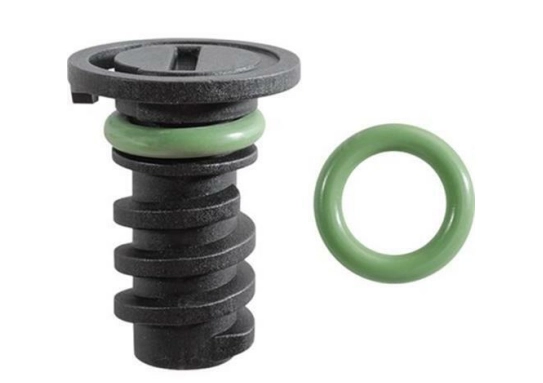Exploring Seals for Power Steering Pressure Hoses to Enhance Vehicle Performance and Reliability
The Importance of Power Steering Pressure Hose Seal
The power steering system of a vehicle is crucial for smooth and easy maneuverability. It aids the driver in turning the steering wheel with minimal effort, enhancing overall driving comfort and safety. A vital component of this system is the power steering pressure hose seal, which plays a significant role in maintaining the integrity and efficiency of power steering systems.
What is a Power Steering Pressure Hose Seal?
The power steering pressure hose seal is a small yet critical component that is part of the power steering pressure line. This hose carries high-pressure fluid from the power steering pump to the steering gear or rack, allowing for fluid movement that helps in steering. The seal ensures that the fluid remains contained within the hose and does not leak, which could lead to serious performance issues and possibly even system failure.
The Function of the Seal
The primary function of the power steering pressure hose seal is to create a leak-proof barrier. This is essential because the steering system operates under high pressure, typically between 1,000 to 1,500 psi. If the seal fails or becomes compromised, it can lead to fluid leakage, which decreases the pressure necessary for effective steering. This can result in stiff steering, reduced responsiveness, and an overall unsafe driving situation.
Signs of a Failing Power Steering Pressure Hose Seal
Recognizing early signs of a failing power steering pressure hose seal is essential for maintaining vehicle performance
. Common symptoms include1. Steering Difficulty If drivers notice that turning the steering wheel requires more effort than usual, it could indicate a problem with the power steering system, possibly related to the hose seal. 2. Fluid Leaks Puddles or spots of power steering fluid under the vehicle are a clear sign of a leak. A compromised hose seal often allows fluid to escape, leading to a drop in fluid levels.
3. Noisy Steering A whining or groaning noise while turning the wheel could indicate low fluid levels due to a leak, which may stem from the pressure hose seal.
power steering pressure hose seal

4. Warning Lights Some modern vehicles are equipped with warning lights that indicate issues in the power steering fluid system. If this light illuminates, it is essential to investigate promptly.
Maintaining the Power Steering Hose Seal
Regular maintenance is crucial for ensuring the longevity of the power steering pressure hose seal and the entire power steering system. Here are some tips for proper maintenance
1. Regular Inspections Periodic checks of the power steering system can help identify leaks or wear and tear on the hoses and seals before they result in severe issues.
2. Fluid Checks Keeping an eye on the power steering fluid levels can help detect leaks early. If the fluid appears discolored or contains debris, it might indicate a problem with the entire system.
3. Replace Old Components Over time, seals can become brittle and lose their effectiveness. Following vehicle manufacturer recommendations for replacement intervals is key to maintaining a fully operational system.
4. Professional Assistance If any signs of wear are detected, consulting with a qualified mechanic or technician for a thorough examination and potential replacement of the power steering pressure hose seal is advisable.
Conclusion
In summary, the power steering pressure hose seal is a small but integral component of a vehicle's power steering system. It prevents fluid leaks, ensuring that the system operates efficiently and effectively. Timely detection of issues, regular maintenance, and prompt repairs are essential for optimal vehicle performance and safety. By prioritizing the health of the power steering pressure hose seal, drivers can enjoy a safer and smoother driving experience.
-
Understanding the Importance of the Crankshaft Oil Seal in Engine Performance
News Jun.16,2025
-
The Unsung Heroes of Engine Protection: Understanding Automotive Shaft Seals and Oil Seals
News Jun.16,2025
-
Keeping the Engine Tight: The Role of Crankshaft Seals and Gaskets in Oil Control
News Jun.16,2025
-
Complete Protection in Harsh Conditions: A Deep Dive into Cassette Seals
News Jun.16,2025
-
Choosing the Right Oil Seal: A Guide to Trusted Brands and Suppliers
News Jun.16,2025
-
Advanced Sealing Technologies: Exploring the Range of Modern Oil Seals
News Jun.16,2025
-
Your Essential Guide to Car Repair Kits: From Rust to Dings
News Jun.13,2025
Products categories















